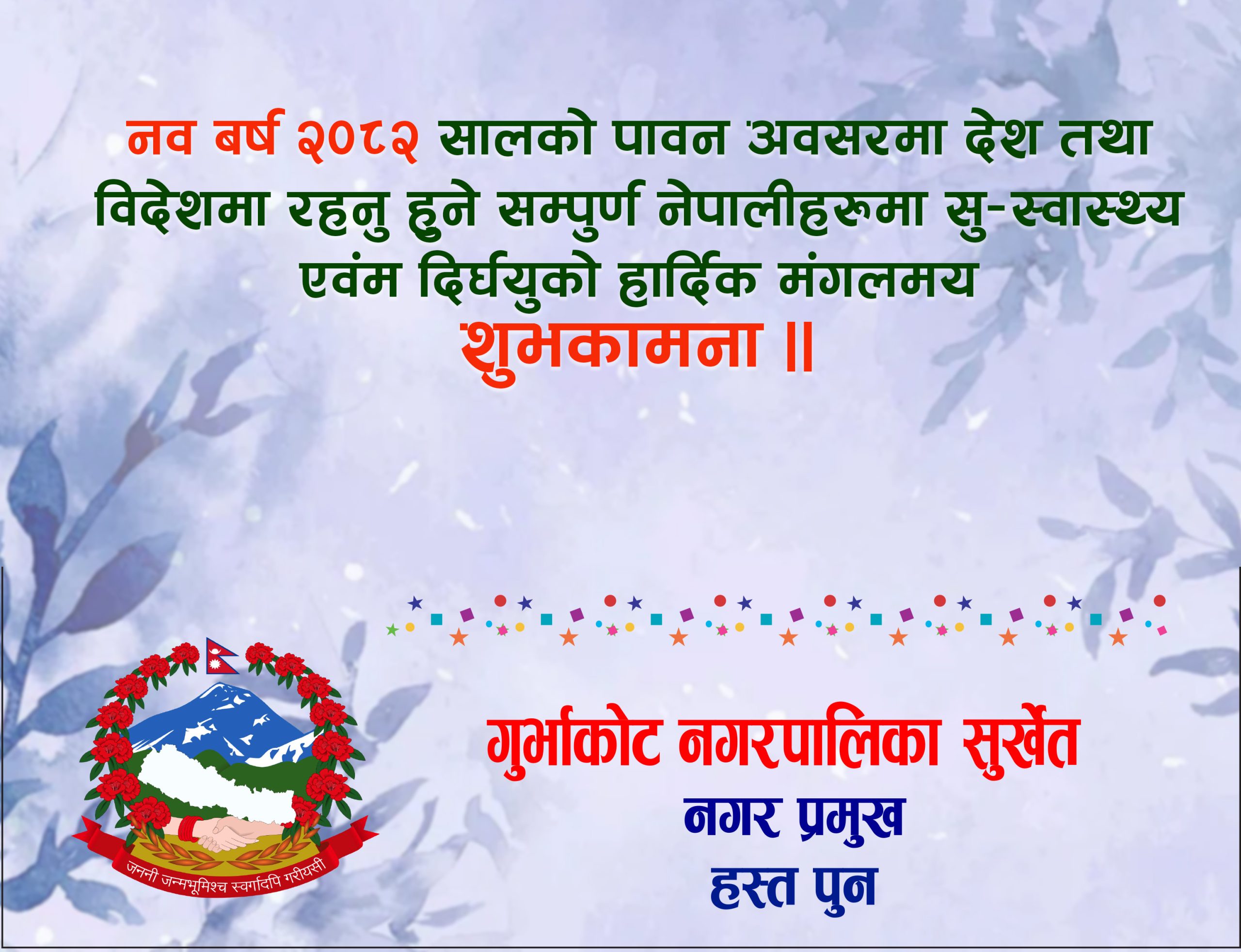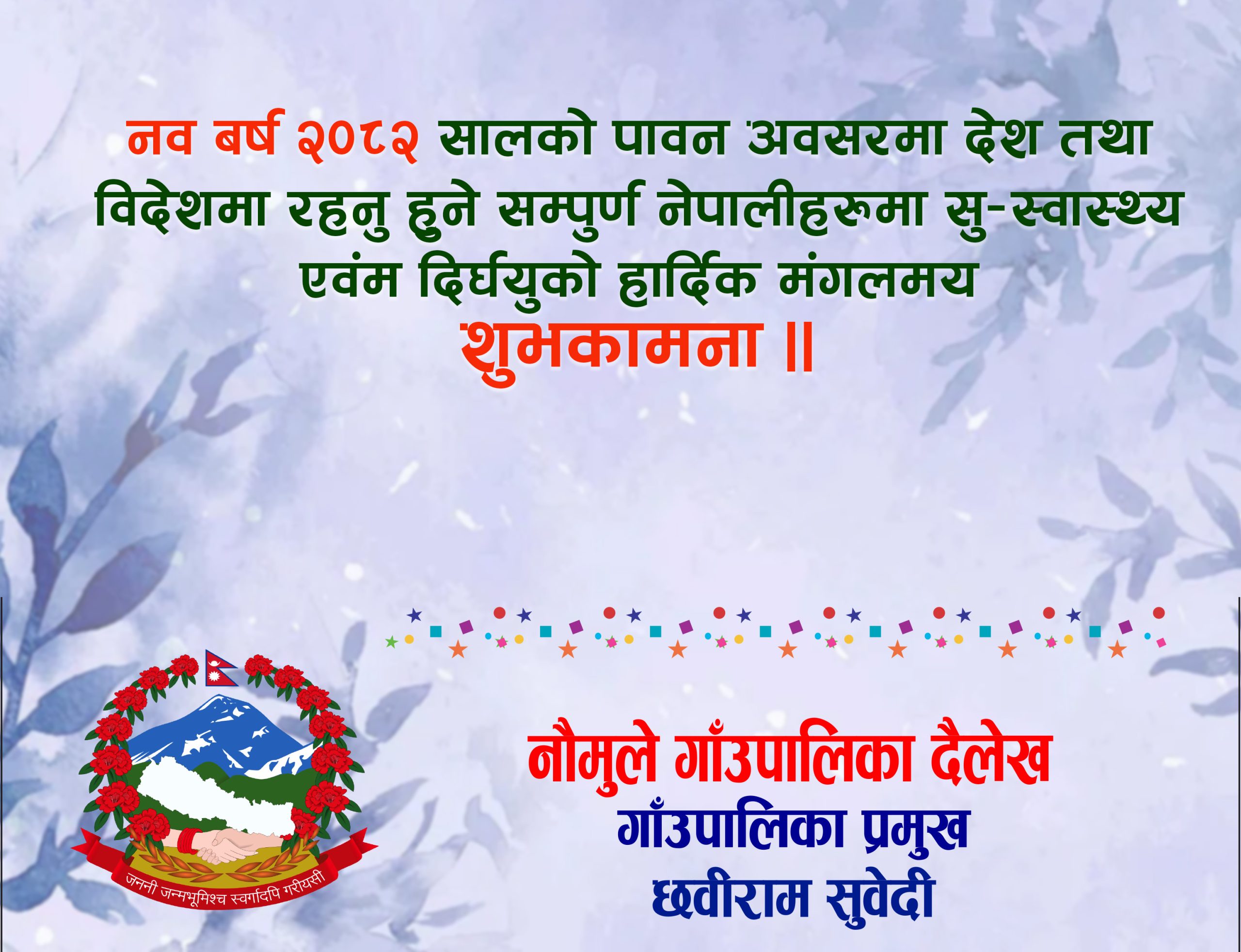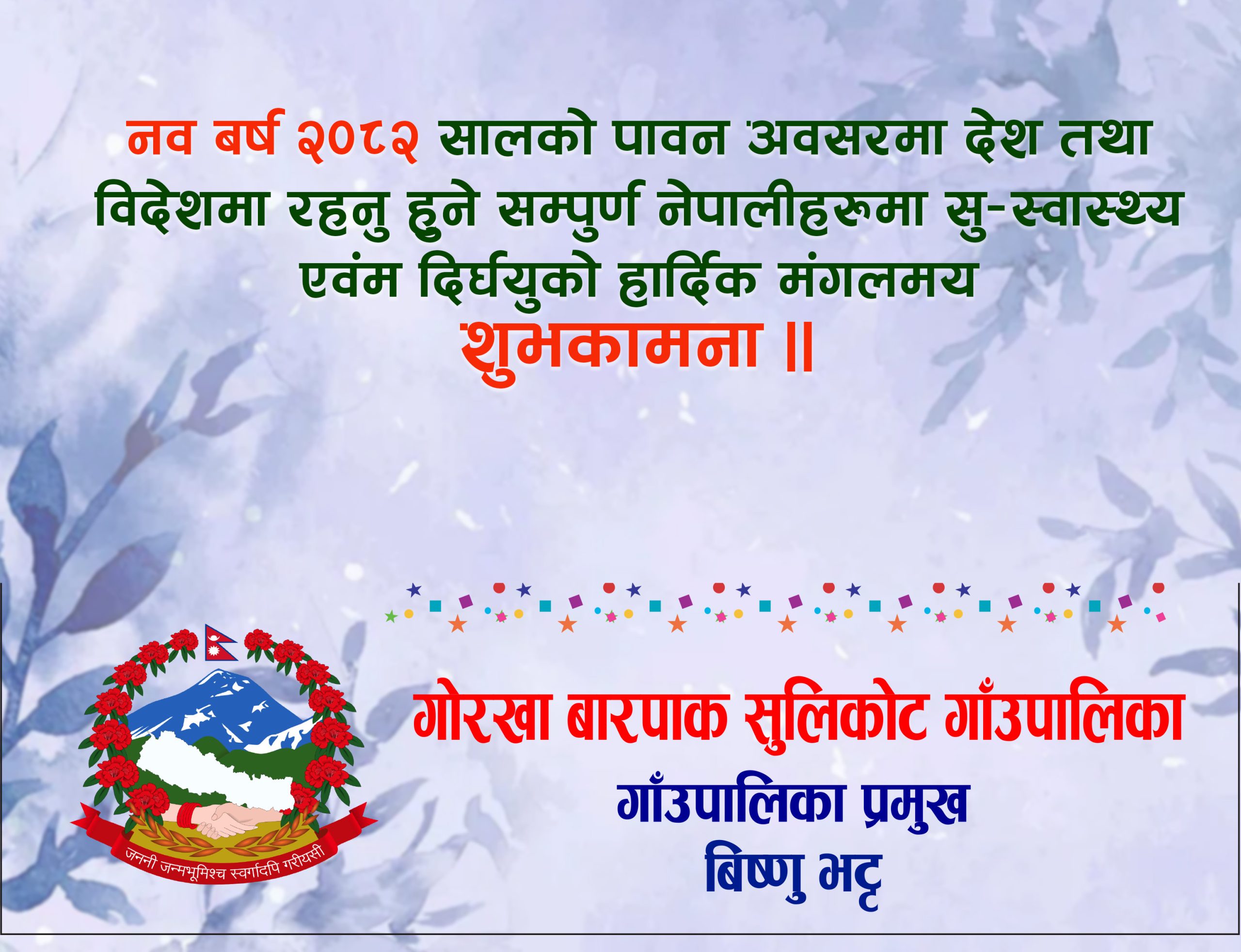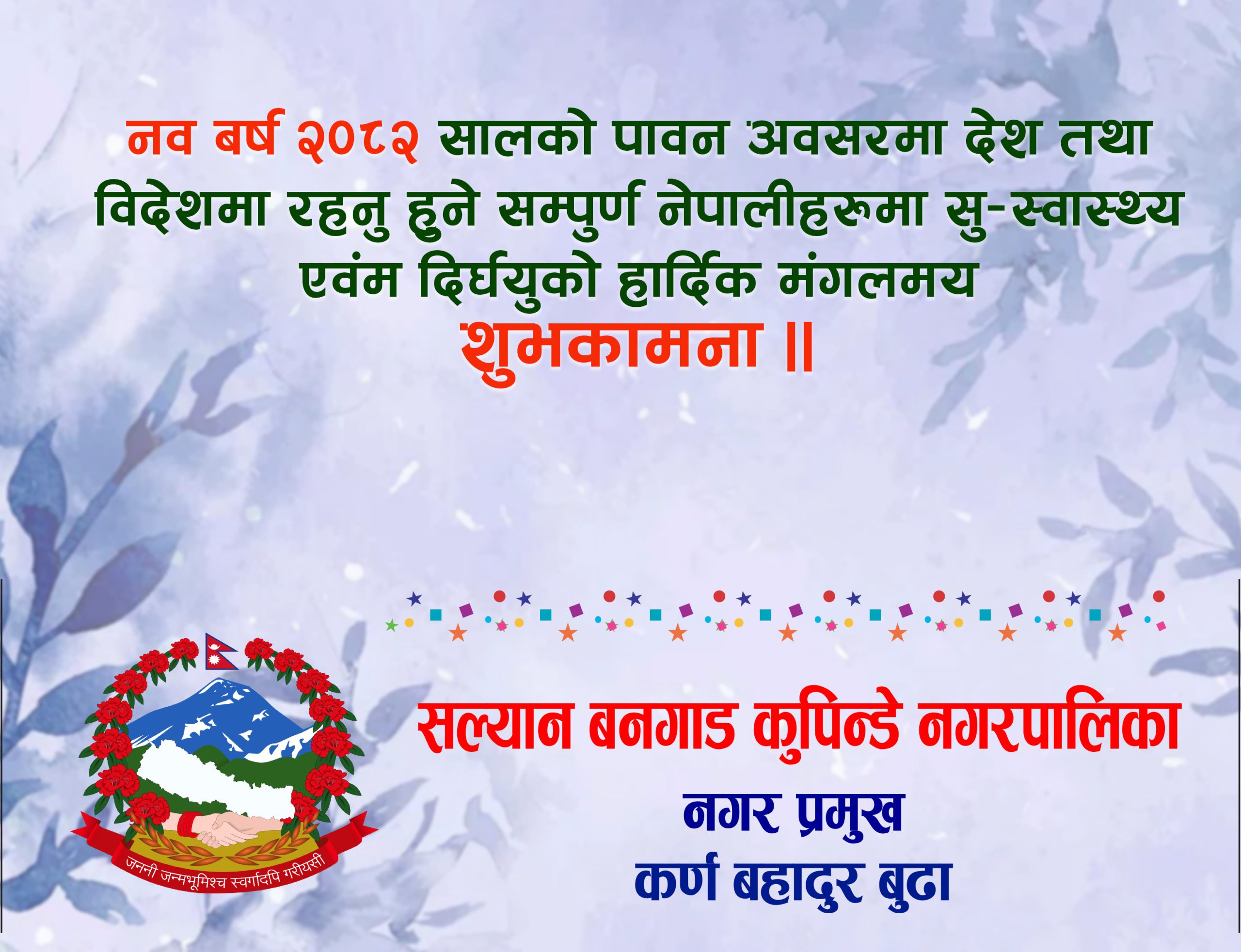CHOREOGRAPHY IN THE INDIAN CONTEXT-Part4

One of the things that inspired me to look at dance in a new light was the fact that in all other art forms, music, painting, architecture, sculpture, poetry, artists tune their mindset to the aesthetic and intellectual needs of their society. In dance, however, nothing was happening. We seemed to be rooted in one place with a society of mutual-admiration around us. I felt this would lead to the death of dance, or at least of Kathak. The arts needed to come closer, just as the world was coming closer. Dance needs to have a dialogue with other creative mediums. Since I was interested in other art forms, I tried to connect Kathak to painting, to architecture, to poetry and literature by creating dance numbers, which imbibed the structure and spirit of these art forms.
Costuming plays an important role in a dance production. Even in the earlier times ‘Aharya‘ was an essential part of theatrical productions. Costumes in Bharatanatyam are very well designed for the dancer’s body and show each movement of the dance. Unfortunately, in Kathak the dancers tend to over-dress and have too much loose fabric hanging around them, posing an obstacle for dance. In choreography I personally like to use the bare minimum of a pattern that outlines the shape of the body and doesn’t overpower the dance. Colors are equally as important. I like earth colors because they do not take away the spirit from the thematic content. The wrong use of colours can disturb the essence of a production.
Music has always been a companion to dance. One cannot think of dance without music. In classical Kathak dance, music played the role of timekeeper in the form of a “lehara” played on the sarangi. Vocal music was only used in the performance of “thumri”, “bhajan”, or “hori” where a dancer enacted “abhinaya” word to word. Creative music was never a part of Kathak. I have been very fortunate to work with like-minded people in the field of music who shared my concerns.


In this profession retirement is not an option. One must always go on. Each day the empty space stares at me in the face; one sees a bare, echoing room. Yet, instead of emptiness I see a space charged with dormant energy waiting to take form. Like waking a sleeping giant, I begin moving the dancer’s bodies in space, allowing music to guide me, and the forms begin to emerge. They are forms born from my own life, patterns with which I am closely connected. The bodies become slowly, larger than life, the space becomes flexible, and each time it is like a new conversation between time and space.
Today one finds choreographers from outside India, Germany, France, USA, wanting to weave Indian classical dance into their own work. I have myself collaborated with some of them. Whether the end product is a success or not is irrelevant. The point is that the different dance ideologies of the world have started a dialogue and are now keen to appreciate and approach each other’s cultural heritage. It is now time we create an international dance forum, a sharing that can only enrich our thought processes and bring the world of dance closer.
In a career spanning 60 years, no other Indian classical dancer has created the number of compositions based on classical dance as those created by Kumudini Lakhia. She was one of the first amongst the Kathak dancers to visualize this particular dance style in a contemporary context. Some of her well-known choreographic pieces such as “Dhabkar”, “Atah Kim” and “The Coat ” are landmarks in the annals of Indian dance. She has participated in numerous dance seminars, given lecture – demonstrations and conducted master classes in many dance centres all over the world. She runs a Kathak dance school Kadamb in Ahmedabad.


